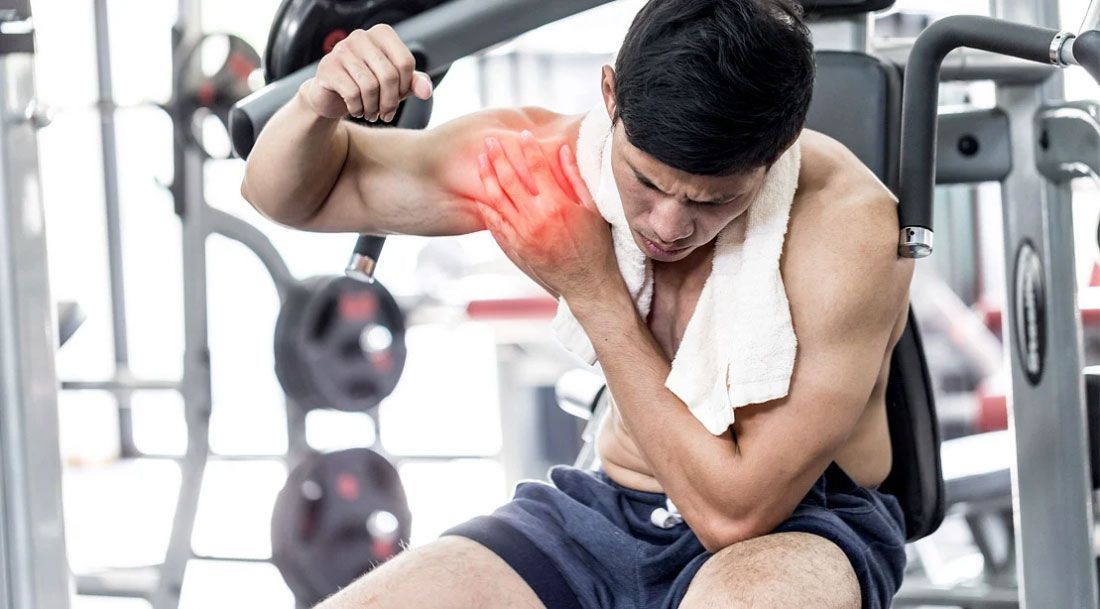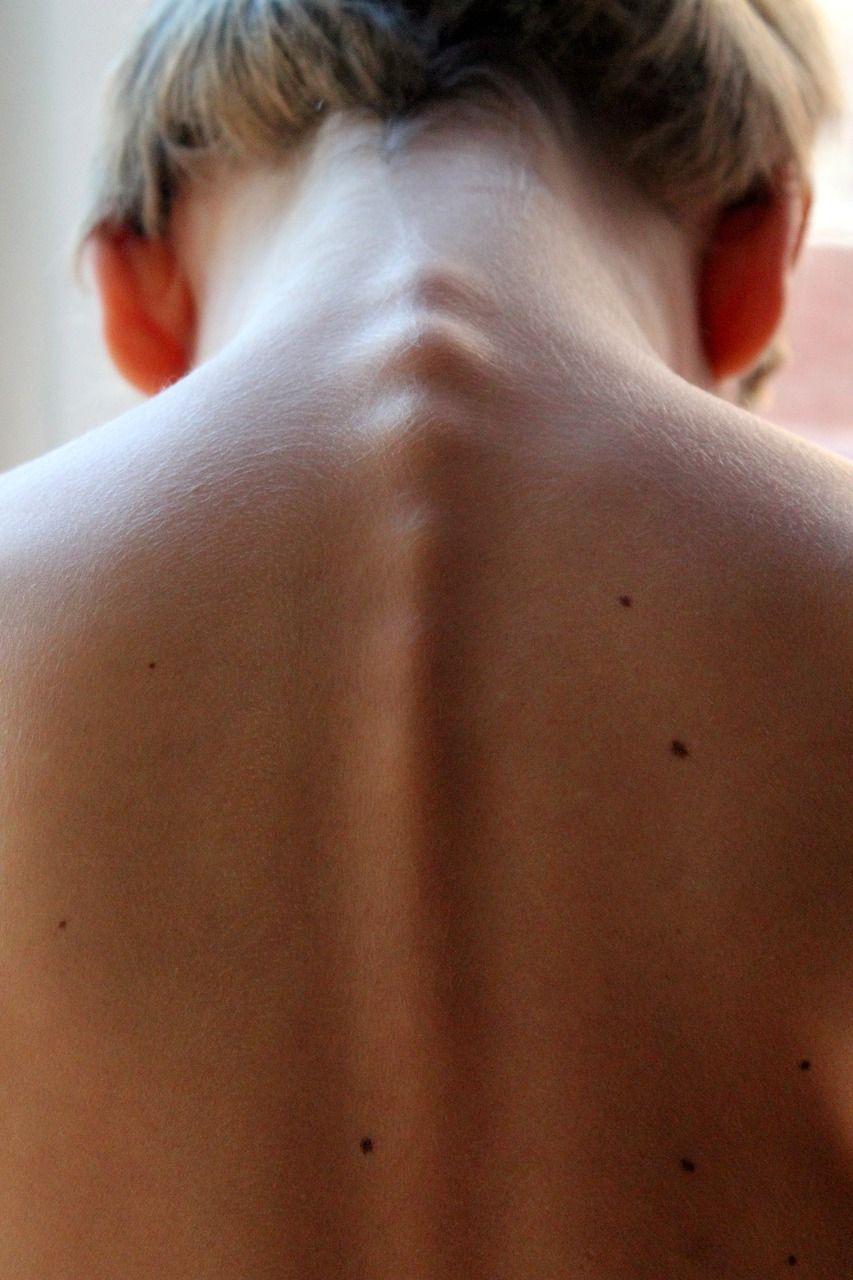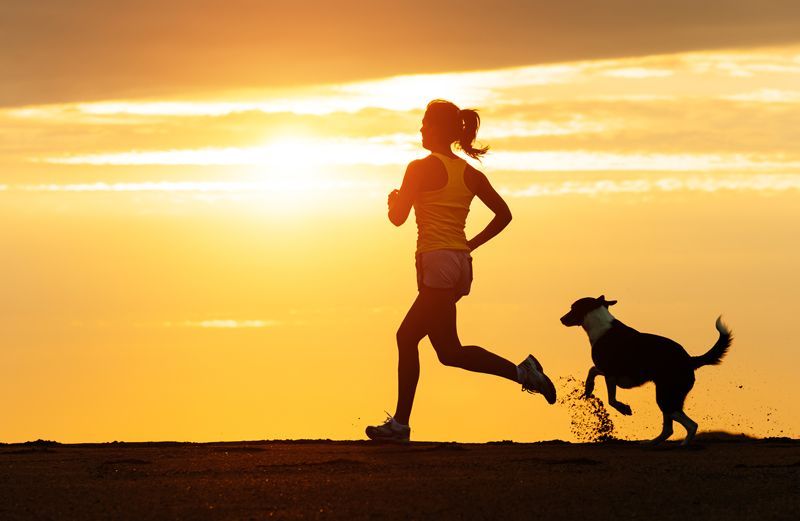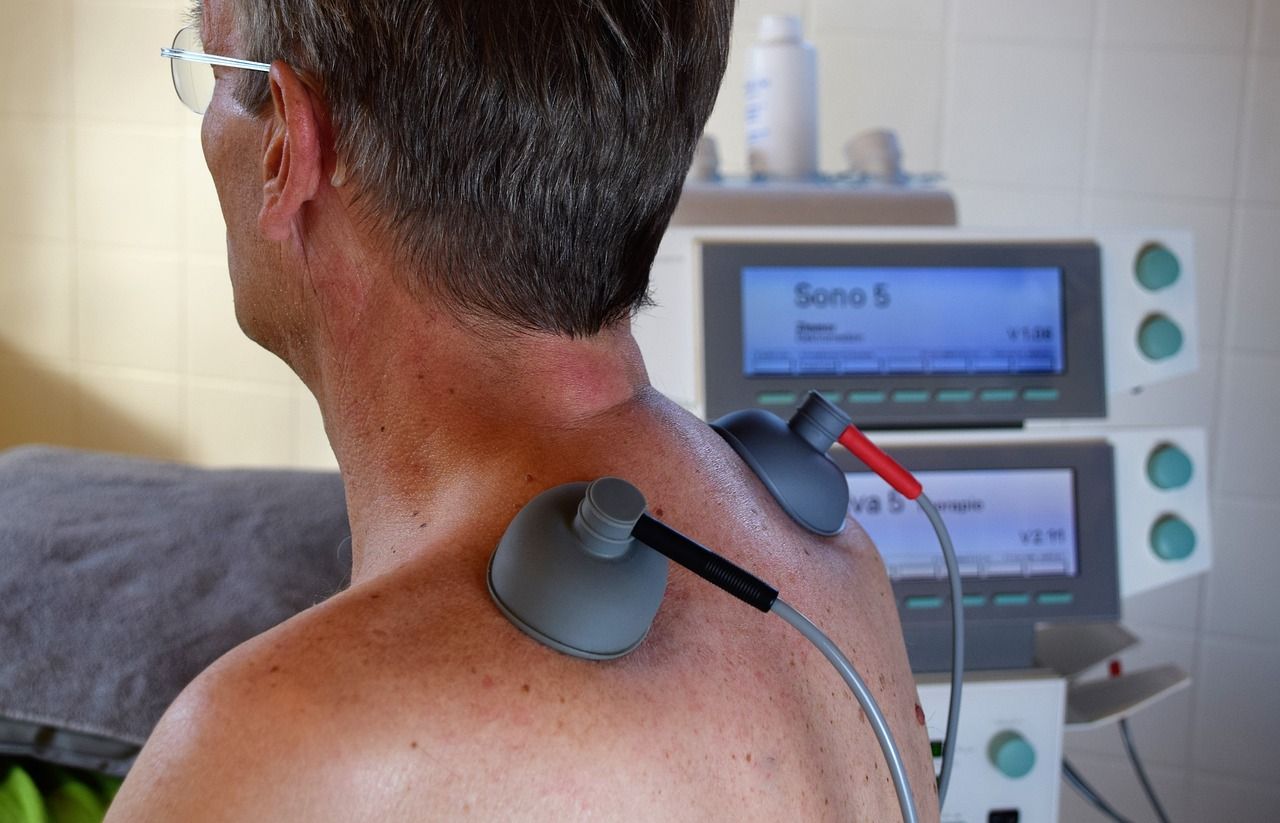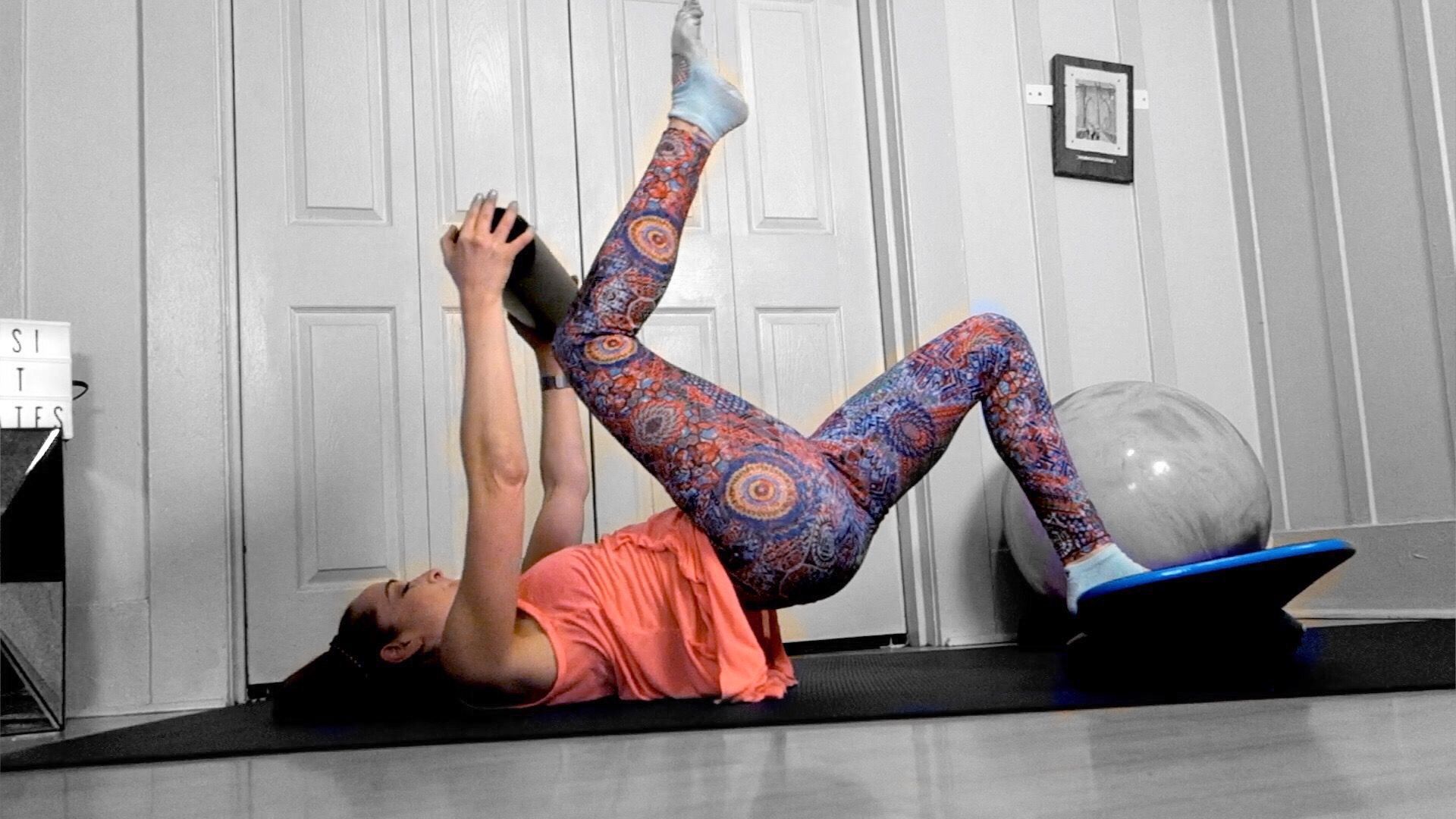Parkinson’s is a progressive neurological condition characterised by motor and non-motor problems. Patients
encounter lots of debilitating symptoms. The main changes arise from brain dysfunction through reduced
production of chemical messengers especially the neurotransmitter dopamine. The three main movement
symptoms are bradykinesia (slowness), rigidity (stiffness) and tremor. Diagnosis is usually based on clinical
examination. People with Parkinson’s might present with falling, loss of confidence and independence, impaired
speech and reduced quality of life. Parkinson’s makes doing simple things, like eating a bowl of cereal,
tremendously difficult.
The most common treatments for Parkinson’s include drugs that mitigate symptoms, and deep brain stimulation
surgery. While surgery has been known to be successful for some individuals, it does not work for everyone. For
instance, the treatment tends to work well for those already responding to medication. But those who do not respond to the prescribed drug cocktails are relatively left in the lurch.
Drug therapy and deep brain stimulation can provide partial relief of symptoms but many people require
additional support from allied health interventions including physiotherapy (treatments/physio-therapy-inec4.
html).
Physiotherapists play a vital role in supporting people with Parkinson’s to choose management strategies,
prioritise and address the challenges they face over the course of the condition. Improving movement and safety
is usually the main focus of physiotherapy in light of the progressive pathology and the disability and participation
restrictions this can cause.
It is known that people with Parkinson’s are less active than their peers as the condition progresses, resulting in
muscle weakness and power, increased falls risk and reduced walking speed, itself an indication of reduced life
expectancy. Difficulties arise for people with Parkinson’s due to the complexity of changing position – e.g. rising
from lying or sitting, turning activities. Manual activities become difficult due to the combination of sequential
sub-tasks, dexterity and coordination requirements.
Balance impairment and falls are a common problems for people with Parkinson’s; these problems often start
after about 5 years of diagnosis due to worsening of the systems that maintain body position, the progressive
slowness of movement, of trunk rigidity. Balance often becomes worse when motor and mental tasks are
combined. Falling has wide ranging impact including carer stress and fear of movement.
As the condition progresses, the individual’s needs, and our physiotherapy goals will alter; it is essential that the
person is reviewed regularly.
To control the color or size of this text, please change the global colors or text size under the Design section from the left menu of the editor.
In the later stages, as the condition progresses, many of the symptoms of Parkinson’s have a bigger impact on
daily life, often mixing with other medical conditions. Physiotherapy assessment focuses on decisions about how
to cope with these changes with an emphasis on a support network to best keep the person active and safe
when moving. Other issues physiotherapists should assess for are pain and respiratory problems.
The willingness of individuals to involve their caretakers in physiotherapy and the willingness and ability of
caretakers to be involved, need to be first ascertained. A physiotherapist can explain to caretakers how
Parkinson’s disease has affected the movement of the individual they care for and provide information and advice
on the best way to help that individual whilst avoiding injury to themselves.
If caretakers have good information about the movement consequences of Parkinson’s disease, they can provide
important feedback about symptoms and response to physiotherapy, especially if the patient has dementia.
Our patients like to have the choice of individual and/or group therapy. They feel that their personal needs are
being addressed in individual therapy sessions; they highlight social contact and motivation as benefits of group
work.
Your first session at Physio Medicine will include a detailed assessment. From this, your physiotherapist will
create a personal rehabilitation programme for you that meets your needs. To request further information
please contact us (
http://www.physio-medicine.co.uk/contact.html) by phone, e-mail or simply book an
appointment. (
http://www.physio-medicine.co.uk/book-appointment.html) Do not forget to check out our special
offers (
http://www.physio-medicine.co.uk/offers/). We are here to help!
